There is a predictable emotional cost for treading on the corns of powerful people. For instance, writing about the following dilemma: that the very economic system – globalized capitalism, turbocharged by economic growth – that is suffusing the atmosphere with C02 is also keeping our major environmental organizations in robust financial health. More bluntly, mega environmental donors tend to be into this system up to their pituitary glands.
Such donors have a lot of clout and are often board members of established green organizations. And such organizations are themselves often well endowed, as Jim Stiles capably documented in “The Greening of Wilderness (Part 2),” back in the August/September 2008 issue of the Zephyr. In short, they’re powerful organizations these days, with powerful backers.
As Edward Abbey said, “To oppose the powerful creates difficulties, subjects you to abuse and scorn [and] leads often…to what we call the silent treatment…”1 Stiles certainly encountered that treatment in writing his fine “Greening” story. The environmental establishment largely responded by ignoring his hard work and insights. An environmental director did send him several minor corrections and an assistant director wrote that the story, “was unnecessarily malicious in intent” and labeled Stiles a “disgruntled conservationist.”
How is the emotional cost of writing about this sort of thing experienced?
Inwardly, of course, so it needs to be described on that level. Five years ago I had an experience that somewhat paralleled Stiles’ and so I will draw upon that. This adventure wasn’t in the green realm, however, so bear with me while I give you some background.
I had long been active on the board of the West Virginia association of drug and alcohol counselors, editing their quarterly newsletter for five years. I had adopted a policy of speaking out and almost always got good feedback.
In fiscal year 2007 our national association, NAADAC, accepted two “educational” grants from pharmaceutical companies. One of them was a $541,324 grant to put on a series of professional workshops for drug and alcohol counselors to educate them about medications to reduce heavy drinking, one of which the company was promoting (try writing this sentence with a straight face). Together, the two grants equaled 83.7% of NAADAC’s projected annual dues from its own members.
In June, 2007, I wrote a detailed letter – more like an article, really – to NAADAC’s board members and executive director questioning whether NAADAC could take these kind of grants without putting its own professional objectivity at risk. I sent copies to all of the state affiliate boards around the country, including our own in West Virginia. There were about 30 of them.
Let me quote from one of my follow-up e-mails: “I can boil what I have to say down to this: pharmaceutical money = bias. That’s my concern…It has become normal for pharmaceutical companies to shower money on doctors and politicians and as a result we hardly notice it any more. We’re in a collective ‘normality trance’ about pharmaceutical money and we need to snap out of it.”
The responses, or lack of them, were interesting. I got politely dismissive e-mails from the NAADAC executive director and some of the NAADAC officers. The incoming NAADAC president vaguely suggested that I was more motivated by anger than by insight and opined that, “The disquieting comfort of railing against the establishment and standing alone is ineffective.” I got some polite non-statements from the NAADAC Board members (“Thank you so much, we’ll look at it”) and one “kudos!” e-mail from a North Carolina state affiliate board member. Through the grapevine I heard that some of our West Virginia board members were unhappy with me. One of my long-time buddies on the board told our West Virginia president that she agreed with me.
Otherwise, vast silence. I felt very, very lonely.
Shortly after all this I found an article in The Journal of the American Medical Association showing that workshops presented by physicians and funded by pharmaceutical “educational” grants are likely to demonstrate content bias in favor of the donor’s drugs as opposed to other drugs.2 Now here’s the irony: the brochure that NAADAC sent to drug and alcohol counselors around the country for the 2007 alcohol medication workshops funded by the $541,324 pharmaceutical “educational” grant promised “unbiased information.”
Is there such a thing as unbiased bias?
In the case of NAADAC, there probably isn’t.
It’s a fascinating thing to point out the obvious to capable people who have a vested interest in ignoring it.
Over the next year I heard that only a couple of people on our state board – our key leaders – had any problem with what I had said. Both were connected to the NAADAC leadership. But except for my one buddy the other ten had remained silent.
The criticism I received was less pointed than it was for Stiles. One reason is because his story was published while my letter was only circulated to the national and state affiliate board members, not to our general membership or to the press.
I was surprised at how difficult – and also interesting – the feeling of ostracism was for me. I am by nature an introverted person, comfortable with long stretches of solitude. But to put myself out there on a limb professionally and then to have to wait for months while I heard just about nothing was painful.
I was also surprised that several of the West Virginia board members did eventually agree with me, outnumbering the two (if there were two) who objected, and that the others were essentially neutral.
Looking back at it, my experience seemed to involve a sequence of three steps. First: the fast reaction from the NAADAC honchos. The lesson I took from this is that people high up in a power structure decide quickly whether it’s better to react to a challenge and when they do they react rapidly and cohesively. They are for that reason the first to have an impact, which is often decisive. That’s why they have an influence far beyond their numbers. Second: that the overwhelming majority of NAADAC and state affiliate board members reacted with – silence. The lesson from this is that most people, even people who are normally kind and expressive, tend to react to a focused challenge to power by remaining mute. Third: that the support I did get emerged after a long, silent freeze, like flowers in a cold desert. The lesson from this is that it takes grit to speak with confidence into that disconcerting silence and stick with your message.
I suspect that the set positions that high leaders take on crucial issues are often incongruent with the relative open-mindedness of ordinary board and rank and file members. After all, it’s the leaders who are scrutinizing the organization’s bottom line and who have made the commitments to powerful organizations and whose professional reputations are at stake. And I suspect this distinction applies not only to professional associations like drug and alcohol counselors but to mainstream environmental groups as well.
My main conclusion is that for a writer grit may be the secret to having an impact.
But why go through the discomfort of writing about greens and money in the first place? Because we have good reason for concern that the largesse of wealthy green donors, even where well-intended, has been skewing the legislative and policy positions of established environmental organizations. Sometimes this isn’t too harmful; overall, the workaday efforts of green groups remain important and beneficial. But when it comes to challenging the economic system itself – proposing a paradigm shift in our life ways, in other words – the stakes change.
It’s scorchingly clear now that the way our economy functions and the American lifestyle, which thanks to globalization we’ve been spreading to China, India and Brazil among others, are behind the relentless upward arc of greenhouse gas emissions. And have been torpedoing any effort to implement a meaningful solution. James Gustave Speth has said, “Almost half the required rate of change [to deal with global warming] is needed simply to compensate for the effects of economic growth. It is like running up a down escalator – a very fast down escalator. Perhaps it can be done. I am doubtful, but here is a key point: it is not being done today, and no government that I know of is systematically, adequately promoting the universal, rapid, and sustained penetration of green technology, at home and abroad, on the scale required. Governments, are, however, profoundly committed to promoting growth.”3
Put yourself in the mind, if you can, of an accomplished administrator of a premier environmental organization with an annual budget of $75 million and an office of gifted staff you’ve spent years recruiting and pruning. You’re an energetic person, a pragmatic problem-solver, with an appealing personality and a lifelong idealistic streak that you satisfy with your environmental work. You have your quirks and foibles, but in general people like you and respond to you. And, of course, you have the usual concerns about your own professional reputation and future prospects. Your job is to keep your organization financially humming and receiving kudos for doing good environmental works.
On your way to the top suite you’ve learned two key principles. The first is to make friends with influential people and to avoid open conflict with them. There are two benefits from this. One is that influential people have money and if they like you some of that money will rub off on your organization. Another is that collaborating (“partnering”) with them engenders cooperation from well-positioned legislators and government officials. It gets things done.
The second principle is to make big changes incrementally. People are much less likely to get riled that way and the small changes add up over time. Long ago you learned that patience and persistence are the real keys to environmental idealism.
Late one morning you scan a story in The Canyon Country Zephyr that one of your researchers has pointed out to you. It fiercely urges all environmental groups to publicly embrace one of the non-growth economic models and, among other things, carps about large home sizes, mentioning places like Aspen, Sedona, Moab, and Vail. You picture the smirk on your friend Dave’s face if you mention this at lunch forty minutes from now; he owns a nice house at Beaver Creek, a ski area down the highway from Vail. He’s a jovial fellow, a Vice-President for Environmental Compliance at one of the world’s largest chemical companies, and he worked hard with you several years ago on a cap and trade proposal that was endorsed by eighteen major corporations and several prominent environmental groups, with yours leading the way. You quickly screen the Zephyr story out of your mind and decide that the writer, Scott Thompson, is an irritating loud-mouth.
I have three points to make in this hypothetical. The first is that our skill sets, however valuable, can vastly limit our vision. It’s not easy for a person who has made a successful career as a pragmatic, collaborative, problem-solver to appreciate that every so often the best way to turn a crisis into a disaster is to try to resolve it within the frame of reference that created the problem – especially when her or his accomplishments have largely taken place within that frame of reference. In such a situation, the very perspective that has a chance of being effective can seem odd and unworkable to people in the mainstream, particularly when it reveals the absurdity of their efforts at solution.
For example, the decisions of major environmental groups to promote so-called market-based cap and trade4 – or to remain silent instead of dismissing it as folly – revealed the inadequacy of their perspectives. As James Hansen, Director of the Goddard Institute for Space Studies at NASA, said on 4/24/09, “We cannot let polite discourse cloud the fact that the cap-and-trade approach favored by governments and special interests does not have a snowballs [sic] chance in Hades of achieving a carbon reduction path consistent with the path dictated by science.”5
The second point is to emphasize that a person who is adept at incremental change, who appreciates how effective it can be, is likely to be out of her or his depth when there isn’t time for chipping away at the problem. And in fact the scientific research on climate change that has come down in the last five years or so, as detailed by Hansen, seems to show that humanity has far less than one generation to vastly reduce its carbon emissions and that there will be no second chances.6
And third (sigh), the money. The following is from Jerome Kassirer, a medical school professor and former Editor-in-Chief of The New England Journal of Medicine, describing an experiment at the University of California-San Francisco Medical School: “A confidential survey of more than 100 interns and residents sought to determine whether promotional efforts by drug companies were appropriate and whether the residents believed that such gifts would influence their prescribing. They found that the house officers generally were positive about such gifts and believed that they were uninfluenced by them. Although only 39 percent of the house officers thought that pharmaceutical promotions influenced their own prescribing habits, 84 percent thought that the promotions did affect the prescribing habits of others.” On the same page Kassirer said, “Physicians…are eager to believe that they can preserve their integrity in the face of such [pharmaceutical] bribes. How then, do they cope with the gross discrepancies between the knowledge that they are being bought and their need to believe that they cannot be bought?…self-deception is an unconscious defensive strategy that allows an individual to avoid the pain and anxiety that accrues with honest avowal of one’s actual motives.”7 If doctors, steeped in the tradition of objective scientific research, are this out of touch with their own vulnerability to financial influence, we have little reason to be confident that our mainstream environmental leaders have more insight.
Look at the most recent annual reports of major environmental groups. Their yearly operating expenses often range between $30-100 million. I just don’t see how organizations of this size can be run without tapping into establishment money to a significant degree, whether it comes from well-to-do individuals, multinational corporations, or pedigreed foundations. However sincere the leaders of these organizations may be, they can’t avoid dwelling on where their money will come from. Whether they admit it to themselves or not, they know that once you’re dependent on establishment money in order to function you can’t formulate policy recommendations that will challenge the structure of that establishment without imperiling your own organization’s future.
When it comes to global warming, is there such a thing as unbiased bias?
In the case of mainstream environmentalism, there probably isn’t.
SCOTT THOMPSON is a regular contributor to The Zephyr…
1 Macrae, J., Ed. (1995) The Serpents of Paradise: A Reader. NY: Henry Holt and Company, p. 388.
2 Wazana, A. “Physicians and the Pharmaceutical Industry: Is a Gift Ever Just a Gift?” Journal of the American Medical Association, January 19, 2000 – Vol. 283, No. 3, pp. 373-380.
3 Speth, J.G. (2008). The Bridge at the Edge of the World: Capitalism, the Environment, and Crossing from Crisis to Sustainability. New Haven: Yale University Press, pp.114-115
4 An influential example is the USCAP Blueprint, www.us-cap.org.
5 Hansen, J. “Australia, the United States, and Global Warming.” http://www.columbia.edu/~jeh1/mailings/.
6 See Hansen, J. “Global Warming Twenty Years Later: Tipping Points Near,” Congressional testimony of June 23, 2008. http://www.columbia.edu/~jeh1/mailings/.
7 Kassirer, J. P. (2005). On the Take: How Medicine’s Complicity With Big Business Can Endanger Your Health. NY: Oxford University Press, p. 72.



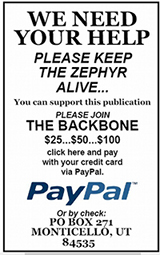





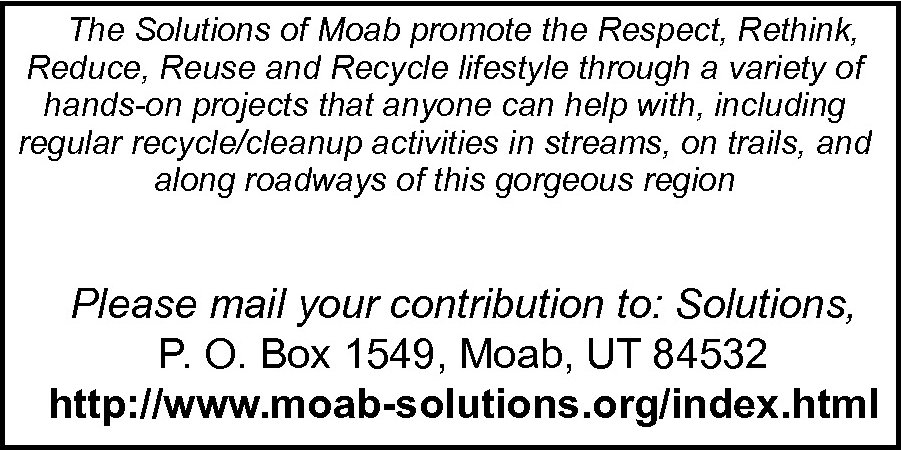
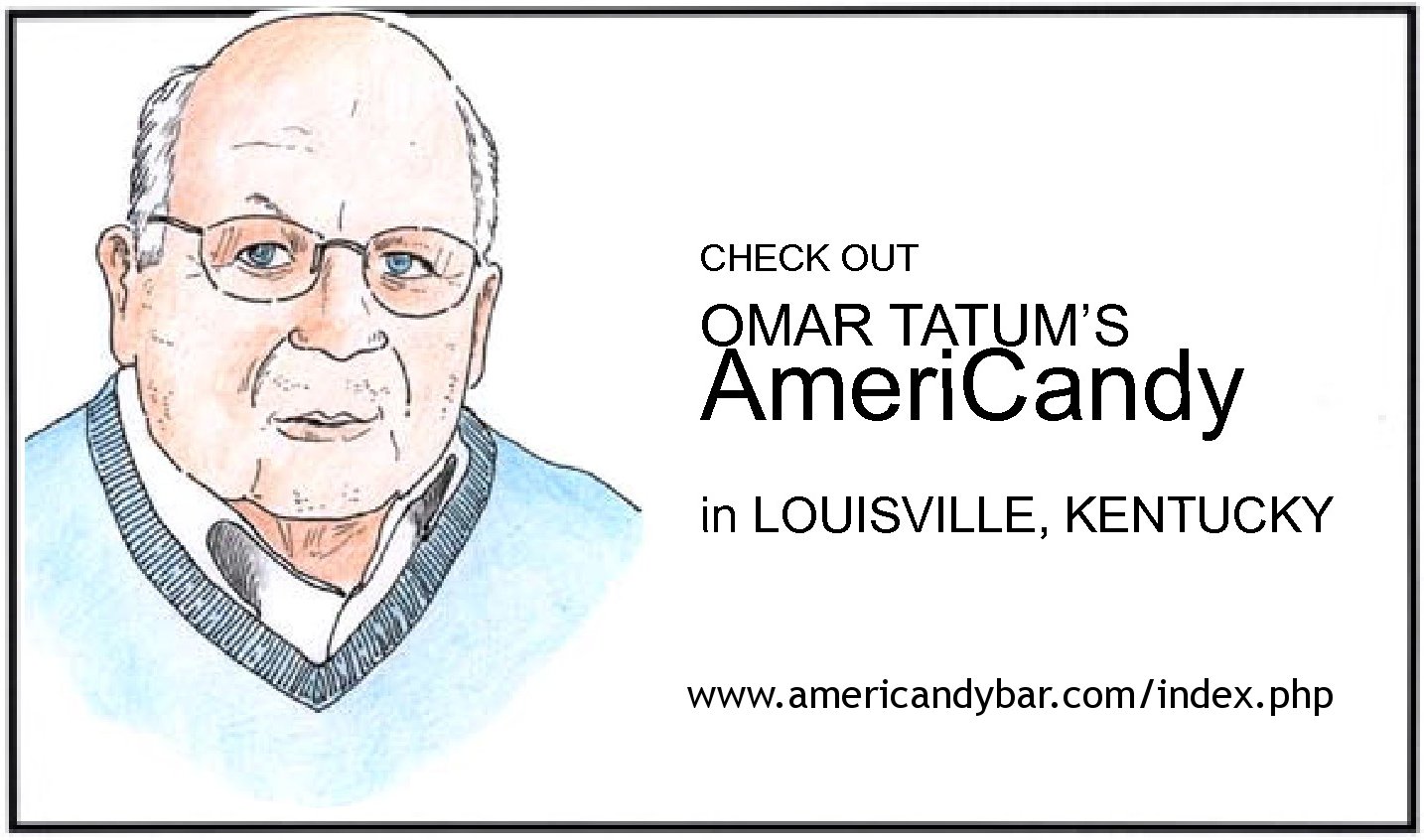

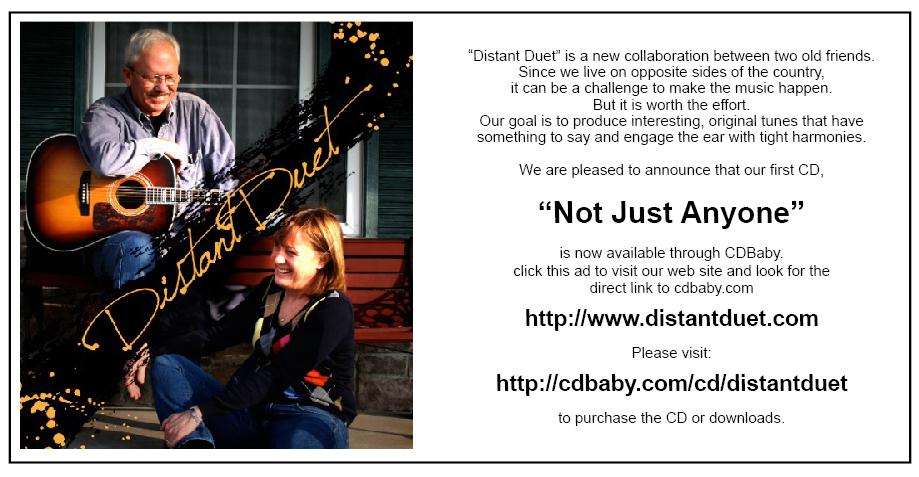






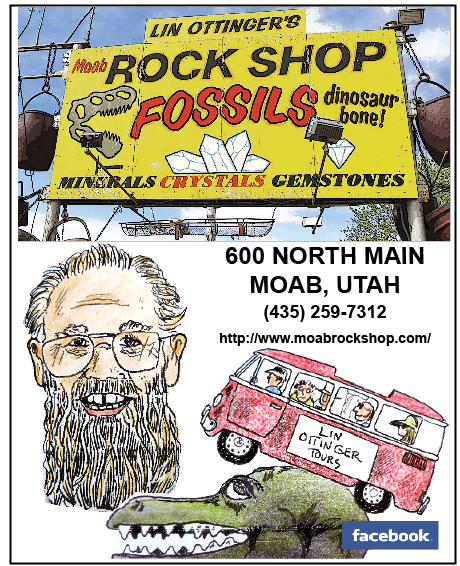

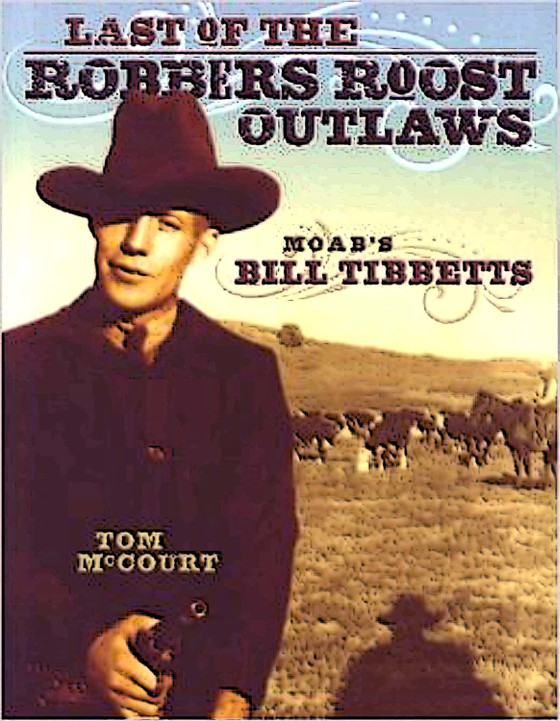
0 Responses
Stay in touch with the conversation, subscribe to the RSS feed for comments on this post.